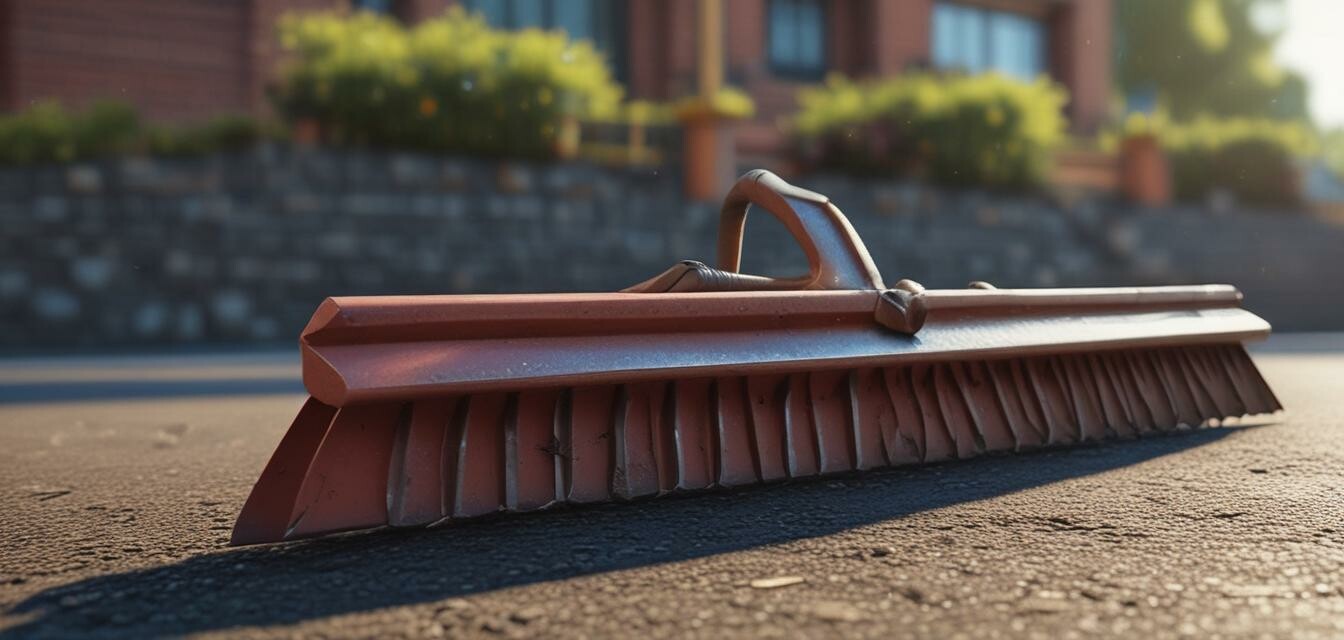
Mastering the use of asphalt rakes
Key Takeaways
- Asphalt rakes are essential for achieving a smooth finish.
- Proper technique and positioning can prevent material waste.
- Regular maintenance of tools enhances longevity and performance.
- Understanding different types of asphalt rakes can improve efficiency.
- Safety gear is crucial to ensure worker safety during paving projects.
Asphalt rakes are one of the most important tools in asphalt paving projects. They are designed to evenly distribute asphalt, helping create a smooth and durable surface. This guide will walk you through the effective use of asphalt rakes, ensuring you master their operation for optimal results.
Understanding asphalt rakes
Before delving into the techniques, it’s essential to understand what asphalt rakes are and their various types. Here’s a breakdown of the main types:
| Type | Description |
|---|---|
| Adjustable Rake | Allows you to change the width of the rake head for different paving projects. |
| Fixed Rake | A standard rake with a fixed head size, suitable for uniform projects. |
| Notched Rake | Features notches on the rake head, ideal for creating grooves in asphalt. |
Proper technique for using asphalt rakes
Using asphalt rakes effectively demands a good technique to ensure even distribution and smooth finishes. Here’s how you can achieve that:
- Hold the rake at a comfortable angle: Position the rake so that it's slightly tilted towards the ground.
- Position your hands correctly: Place your dominant hand near the head and your other hand towards the end of the handle. This gives better control.
- Use a back-and-forth motion: Move the rake in a fluid motion to spread the asphalt evenly.
- Apply consistent pressure: Ensure that you are applying even pressure with each stroke to prevent any uneven surfaces.
Maintaining your asphalt rakes
Maintaining your asphalt rakes is crucial to ensuring they last and perform effectively. Here are some maintenance tips:
- Clean after use: Remove any asphalt residue immediately after use to prevent buildup.
- Inspect regularly: Check for any damages or wear on the rake head and handle.
- Store properly: Keep your rakes in a dry environment to avoid rusting or warping.
Safety first
Safety should always be a priority when working with asphalt rakes. Consider the following:
- Wear safety gloves: This protects your hands from the asphalt's heat and sharp tools.
- Use protective eyewear: Shield your eyes from flying debris while raking.
- Stay hydrated: Asphalt work can be physically demanding, and it’s essential to drink enough water.
Pros
- Enhances smooth finishes on asphalt surfaces.
- Flexible usage for different types of projects.
- Easy to maintain with proper care.
Cons
- Can be challenging for beginners to master.
- Requires physical exertion, especially during larger projects.
Additional resources
If you're looking to enhance your asphalt paving knowledge further, consider exploring our other guides:
- Buying guides for asphalt paving tools – Find out what tools you need for your next project.
- Paving tools comparison – Discover various tools to help you in your projects.
- More how-to guides – Explore a variety of tutorials to improve your paving skills.
- Sealants and crack fillers – Essential products for maintaining asphalt surfaces.
- Asphalt pavers and rollers – Equipment necessary for larger paving projects.
Conclusion
Mastering the use of asphalt rakes can significantly improve your paving projects, ensuring a smooth, professional-looking finish. With practice and attention to technique, anyone can become proficient in using this essential tool. Remember to keep safety in mind and maintain your tools for the best results in your asphalt paving endeavors.

